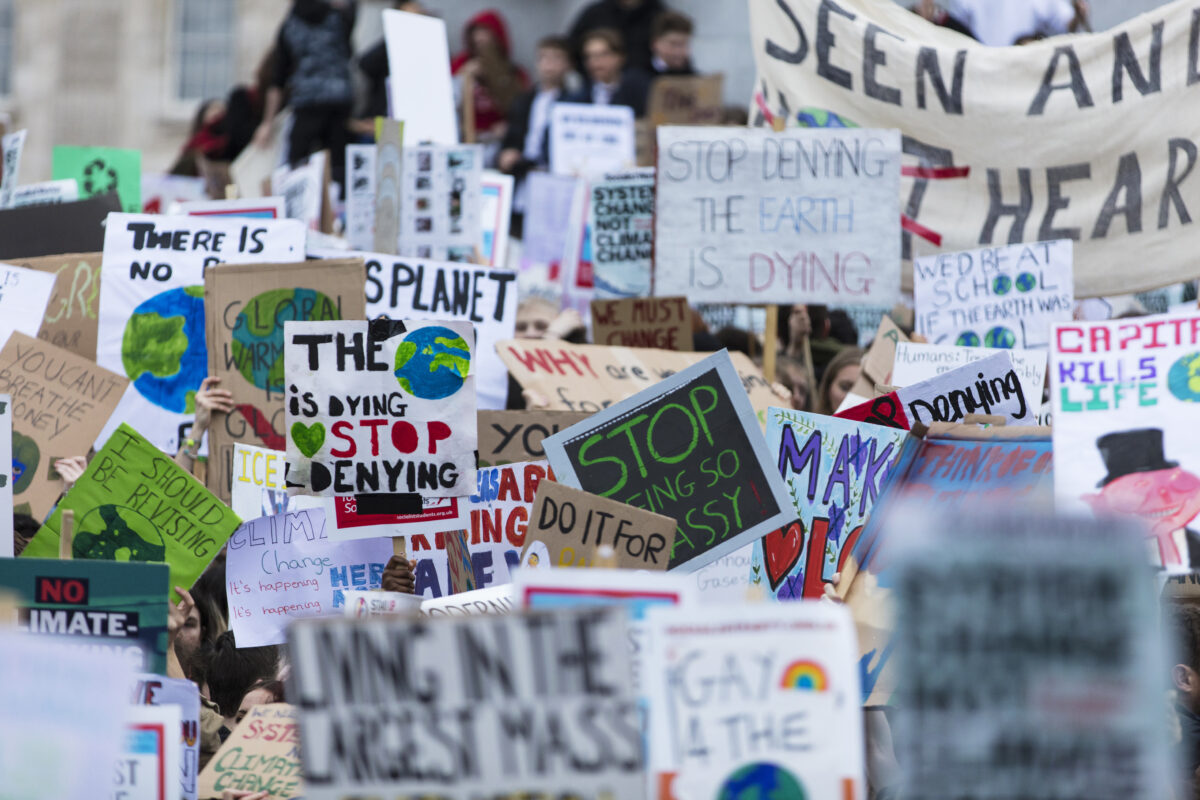It shouldn’t be news that it’s important to be interesting. Surely we all know that? But it’s something many brands are still struggling with. In the past, the big dogs held everyone’s attention – the big news outlets, the big brands, the big financial institutions, the big record labels. Whatever they produced, we consumed.
Then content production exploded. It’s not just that more brands started creating, but everybody did. YouTuber pedestrians launching music careers, NFT bros influencing the financial market from their bedrooms, TikTok creators impacting political tides.
It’s busy out there. Established brands know this, but a lot of them are slow to really do anything about it.
Before, brands often traded on legacy. “We’re XXX”, a company might say. “We’ve got clout. We’ve got a right to a voice in this market. We’re the big dogs.”
But if there’s a theme of this decade, it’s a rejection of that idea. More than ever before, people pride themselves on being independent. With so many competing sources of information, people are going their own way, choosing who they subscribe to – metaphorically and literally.
Trust in brands is decreasing. According to Salesforce, even by 2020 only 50% of Millennials said they trust companies. That figure dropped to 42% for Gen Z. Just 61% of Millennials said that companies generally come off as authentic, dropping to 53% of Gen Z’ers.
Be interesting
This brings me back to my first point. It’s not enough to just keep publishing. It’s not enough to keep stamping your feet and saying, “why doesn’t anyone want to read my whitepaper about how great all my products are?”
People don’t care. They’re watching videos of bulldogs skateboarding.
If you want people to care, if you want them to take time out of their busy day to engage with your content, you have to be more interesting. Catch my eye, tell me a story and don’t bang on about yourself in the first two seconds. And try to talk to me like a person, not like Alexa reading a spec sheet.
This isn’t exactly a new idea. A lot of marketers will have a shrine to Red Bull. What does Red Bull do? It’s an F1 team. It sponsors athletes to do mad stunts that millions of people watch on YouTube. Oh, and it does drinks. It’s often cited as the first brand to start putting engagement before product.
About 15 years on, it’s not the only one doing it. It’s everywhere in B2C and being interesting is even taking over the B2B space.
Historically people have often drawn lines between what will work for B2C and what will work for B2B, but we’re all people. And whether I’m scrolling through LinkedIn or Instagram, I’m still the same person.
Mailchimp recently partnered with VICE Video to make a documentary about small businesses coping with the global pandemic. SAP and Adobe made online hubs collating news, research and insights that might be useful to the people they sell to – no mention of their own products.
The bottom line is that people don’t really want your advice. They want to make up their own mind. 87% of B2B buyers now want to self-serve part or all of their buying journey[1]. 57% make their purchasing decision without ever talking with a vendor representative.
What brands need to focus on is generating interest in the first place. With any content you create, ask yourself – would I read this in my spare time?
From owned to earned
For a lot of marketing people out there, this is obvious. The issue is a wider culture internally. While marketers are at the forefront of industry change and can see what’s working, internal stakeholders and product people often can’t see the wood for the trees. As the sole purpose of their work is to champion the product they put their time into developing, it simply doesn’t make sense to stop putting it first.
So it’s tough to be a marketer. And it’s tough to be the person telling your colleagues that what they have to say isn’t interesting enough, or that they need to stop talking about the speeds and feeds they’ve been perfecting.
And here we start to see how PR and marketing have started to converge. For PR people, this conversation is as old as time.
“No, the journalist will not publish a 200-word description of your product’s features.”
“Why not?”
“Because people don’t find it interesting.”
So why is it in our marketing content? Sometimes marketers come under such pressure to sell that they’re forced to skip the wooing process at all. It’s the equivalent of coming up to a stranger at a party and monologuing your CV and interests, then repeatedly requesting their phone number.
Yes, marketing typically still happens in owned channels, but there’s a lot to learn from PR in terms of what it takes to earn attention. In short: cut the hard sell and focus less on churning out content and more about whether anyone would want to read it.
[1] https://www.trustradius.com/vendor-blog/b2b-buying-disconnect-2021




